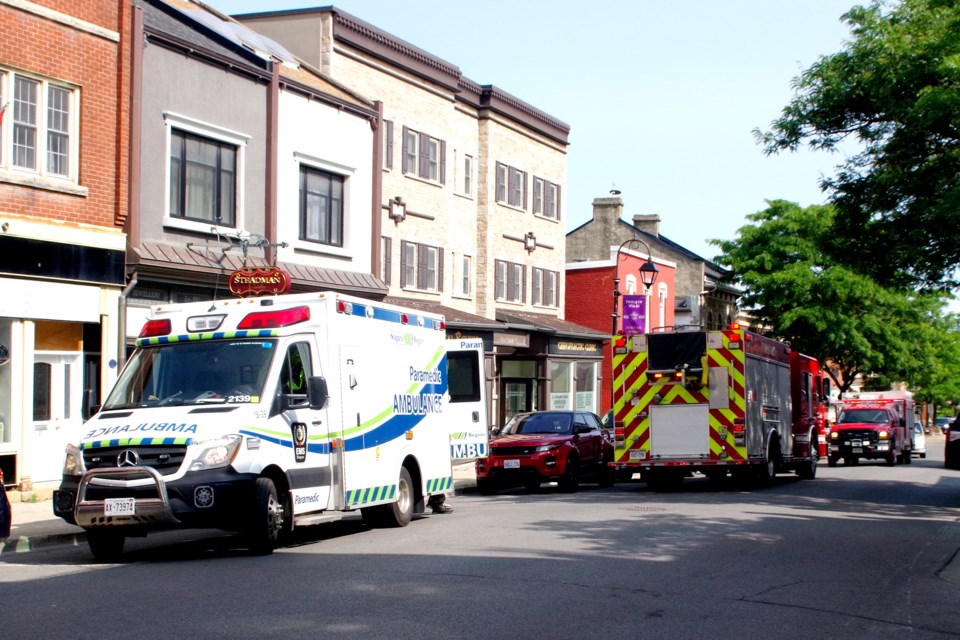Niagara EMS says there are signs that COVID-19 could be causing a slew of secondary health problems for patients who are hesitant seeking care over fears of contracting the virus.
In a report to the regional Public Health and Social Services Committee on Tuesday, Deputy Chief Rick Ferron broke down the numbers, showing that calls for cardiac arrest and stroke are on the rise in Niagara compared to last year.
Calls for cardiac arrests are up 14.6 percent for 2020 – and 20 percent compared to the previous four-year average.
Incidents of stroke have increased by 8.2 percent, compared to last year which, says the report, ‘could be indicative of delayed care.’
While the overall call volume so far during 2020 has decreased by closer to 10 percent compared to 2019, some other worrisome trends are highlighted in the report: assault- and overdose calls have both seen ‘considerable’ increases, said the report.
Overdose/poisoning-calls have increased by 7.3 percent - or from 865 in 2019 to 928, measured year to date.
Compared to the four-year average, overdose calls increased close to 60 percent.
“Responses for assault/sexual assault and stab/gunshot have notable increases as well. What is evident is that more analysis is required on this data to best understand the full impact COVID-19 has had on the acute health of our communities as it relates to the use of 911,” the report said.
Mental health-related calls, one of the biggest categories in EMS response has decreased by over 10 percent compared to the same period last year.
While presenting to the council, Deputy Chief Ferron said that more analysis is needed to make a certain determination on how the pandemic has affected the numbers.
“You can speculate why there is a decrease,” said Ferron.
“There could be a delay of the impact or potentially bigger awareness for care option, is there any relationship to the overdose increase?”



